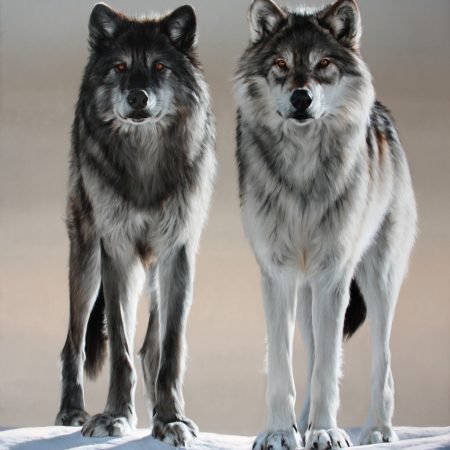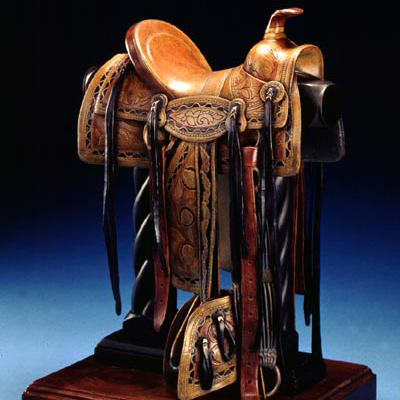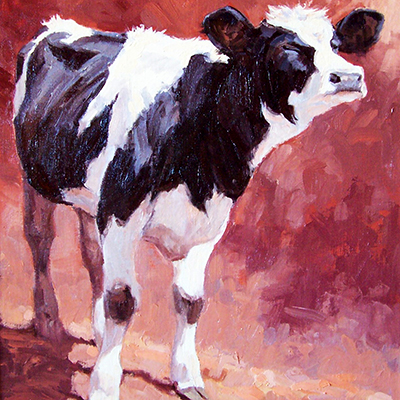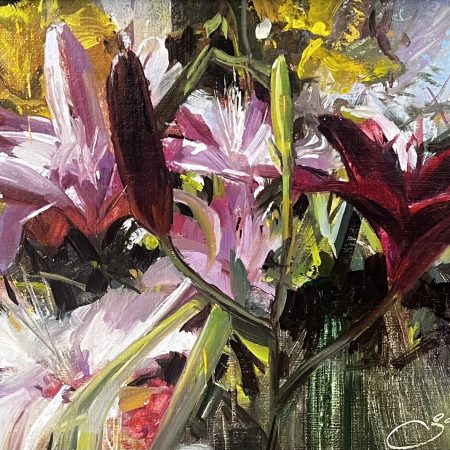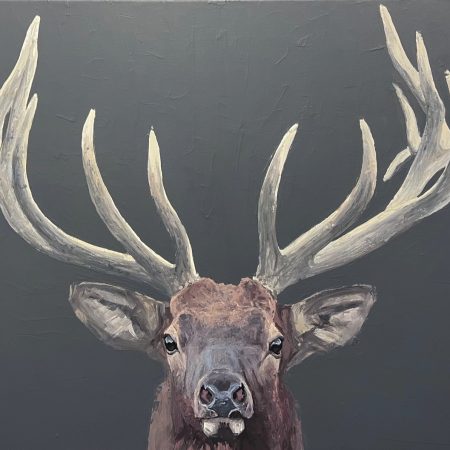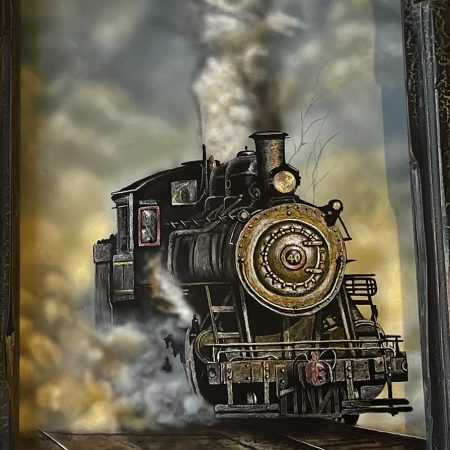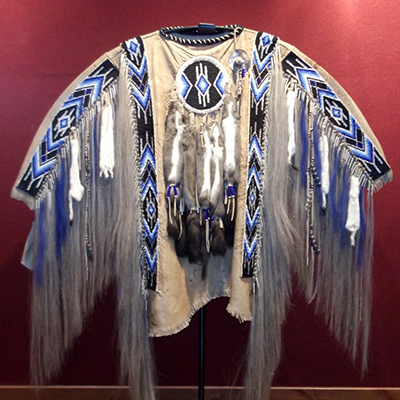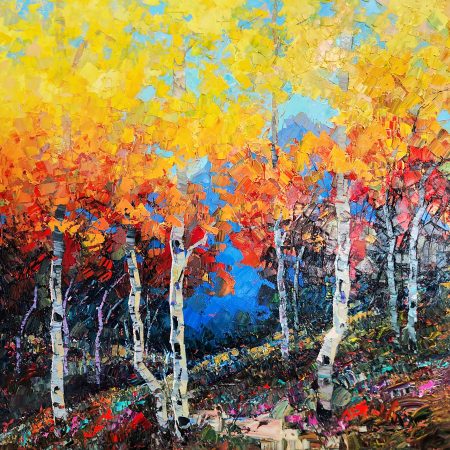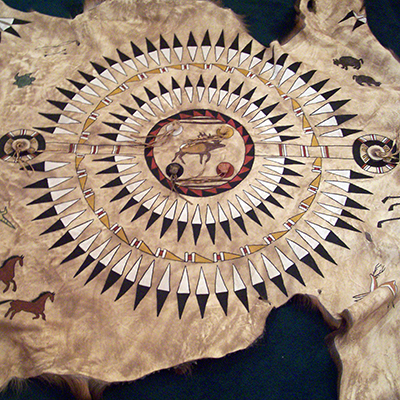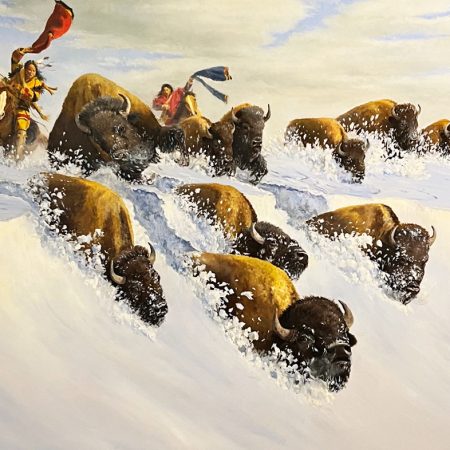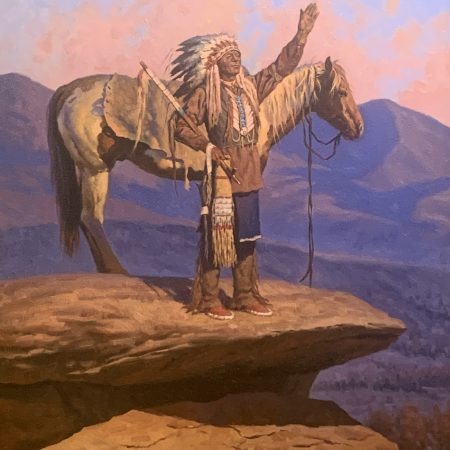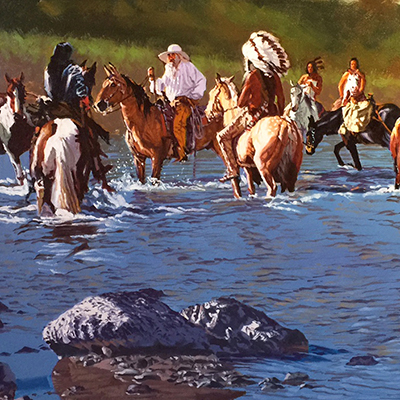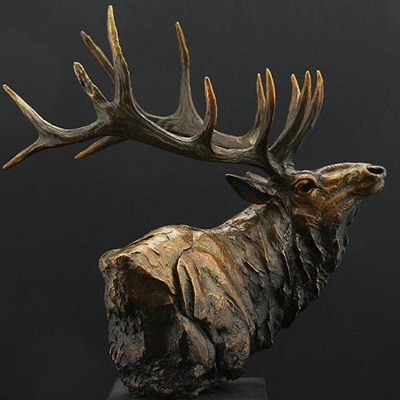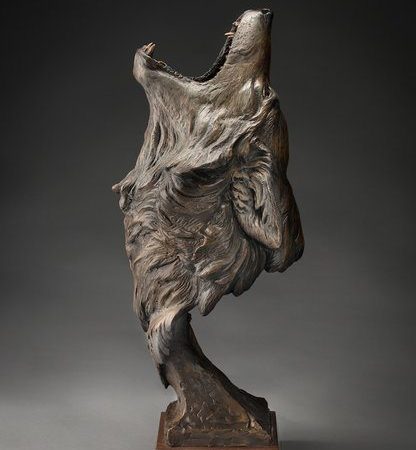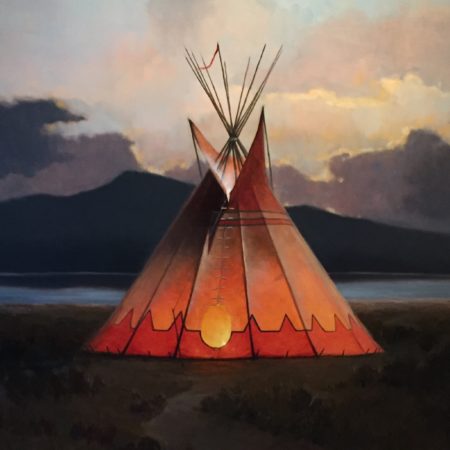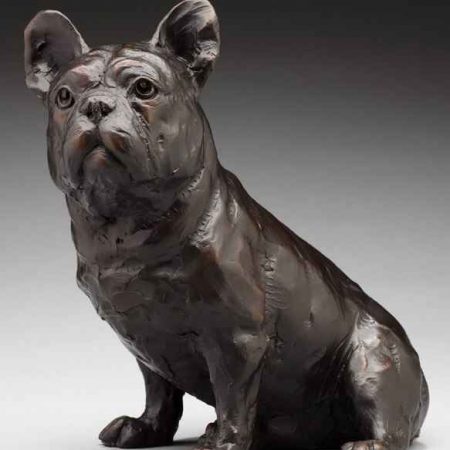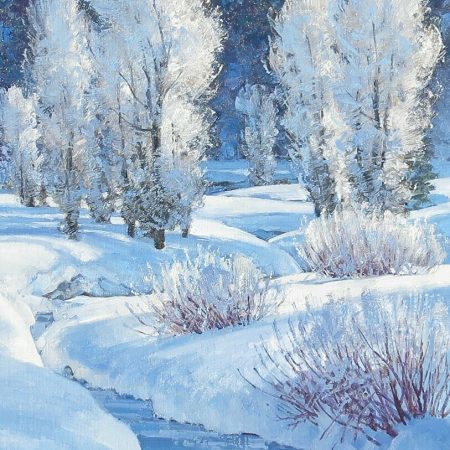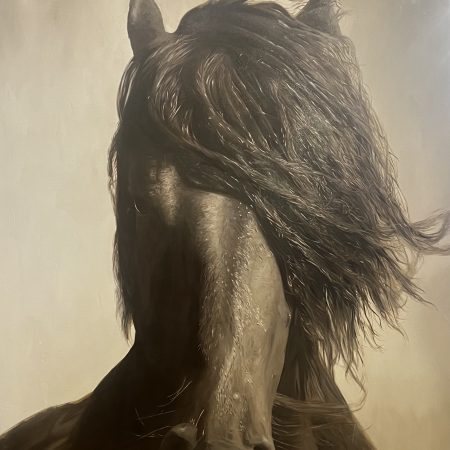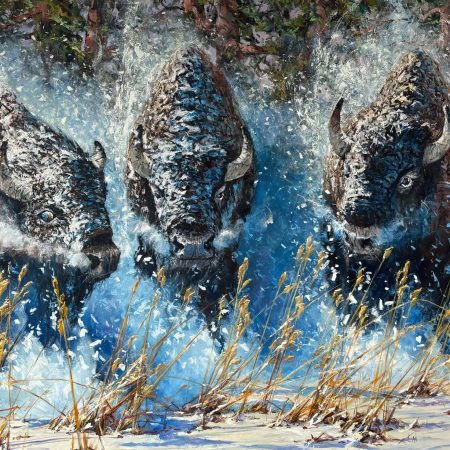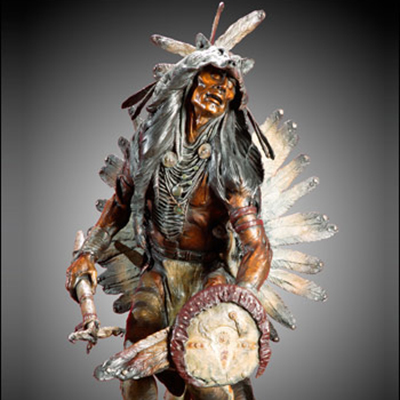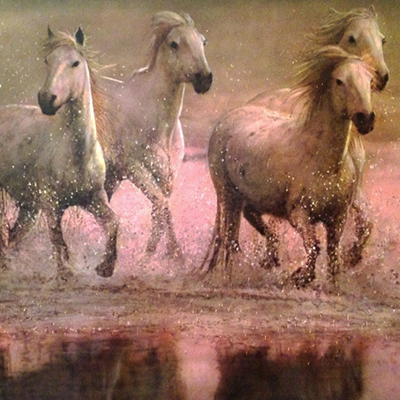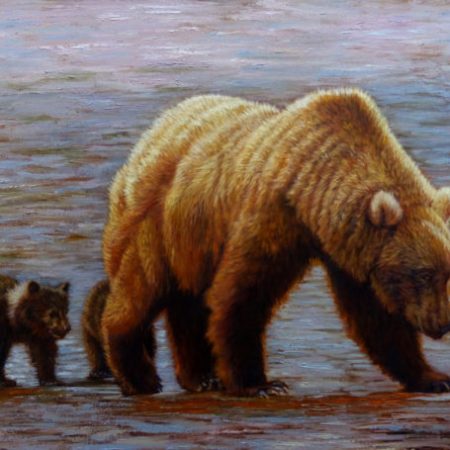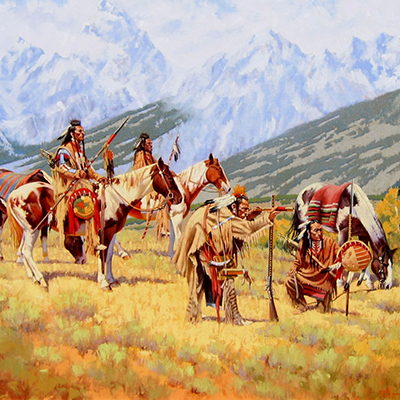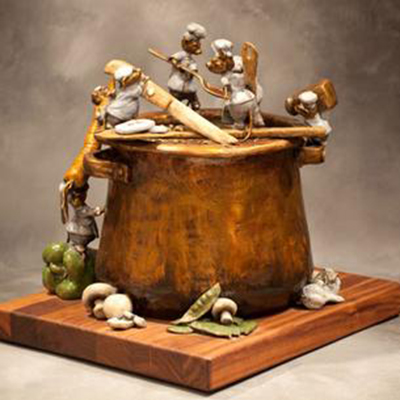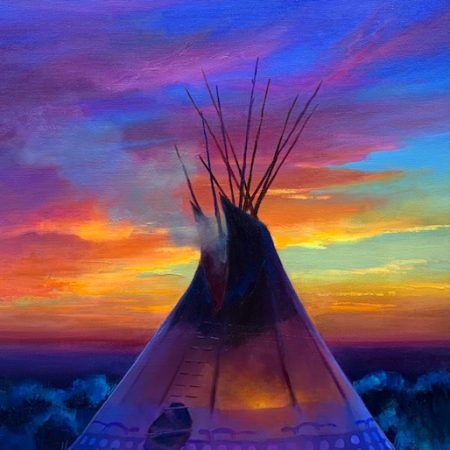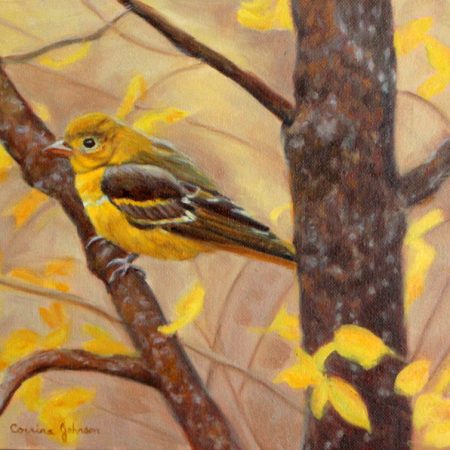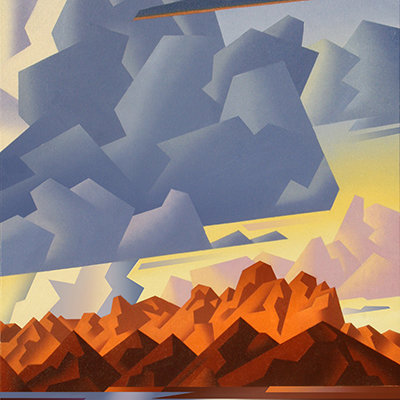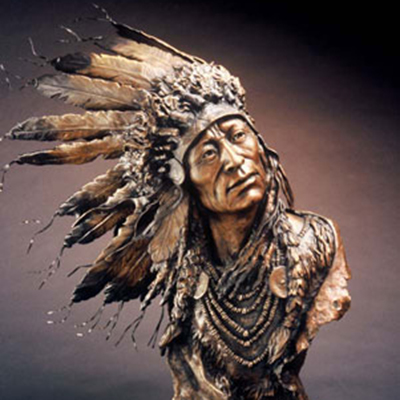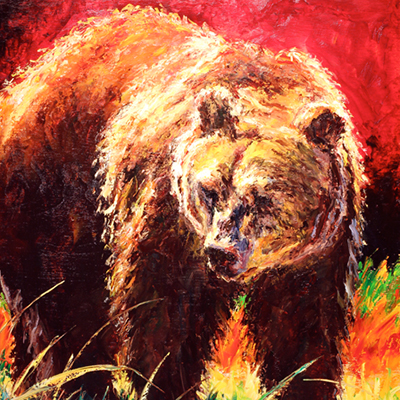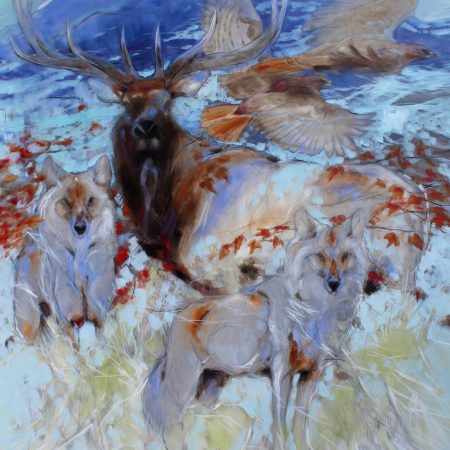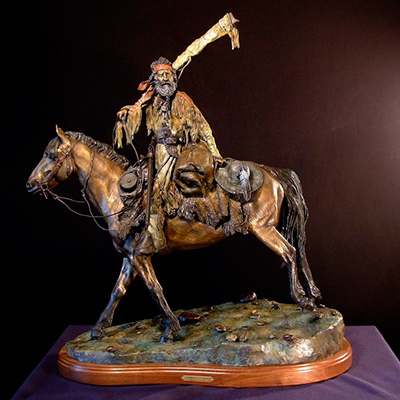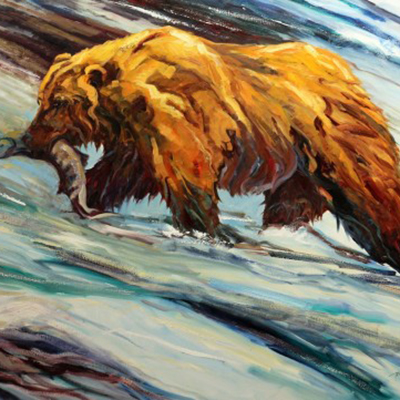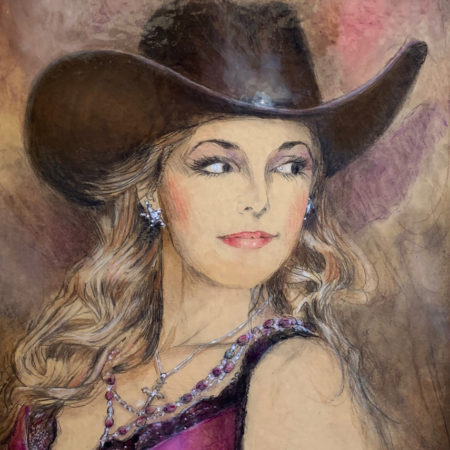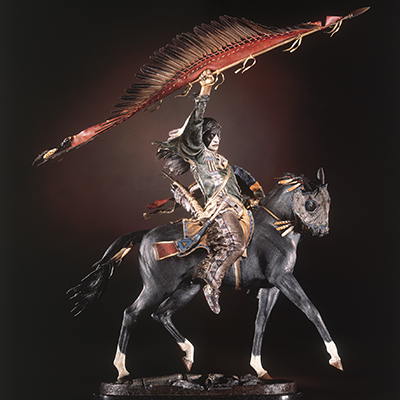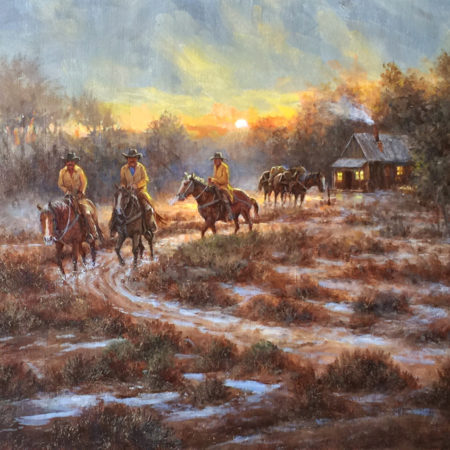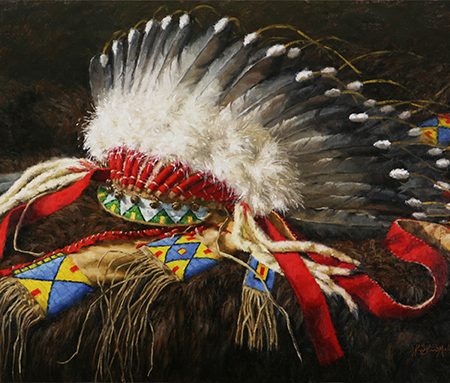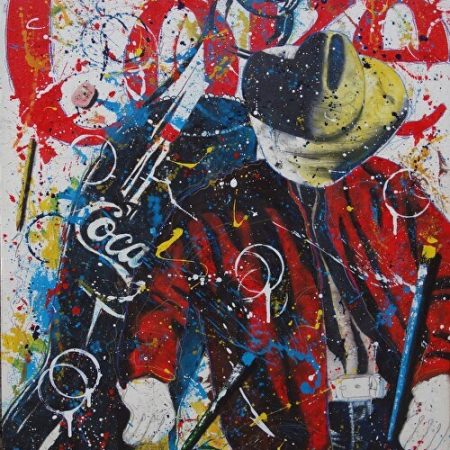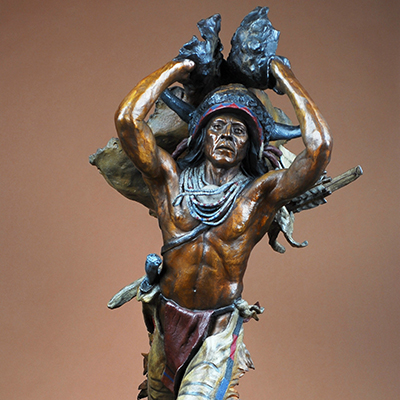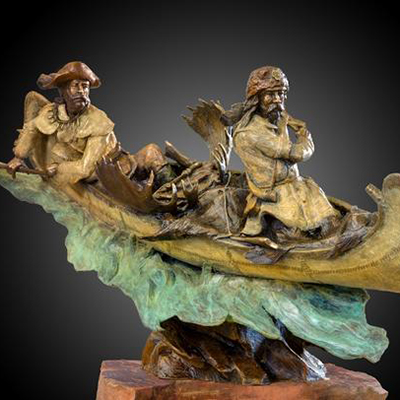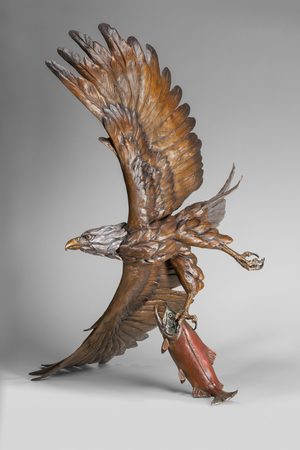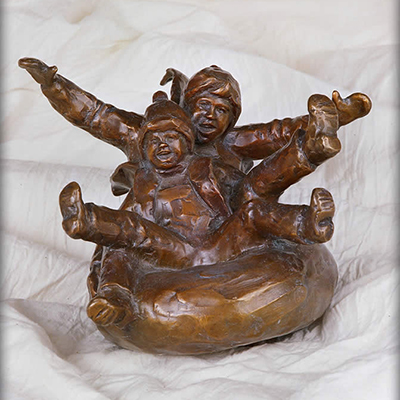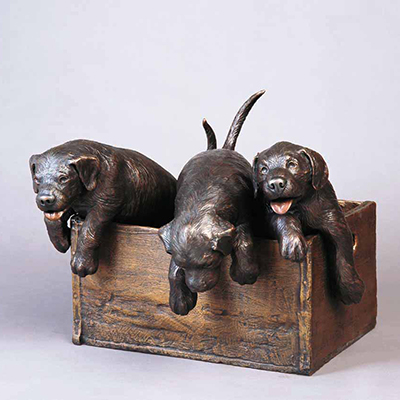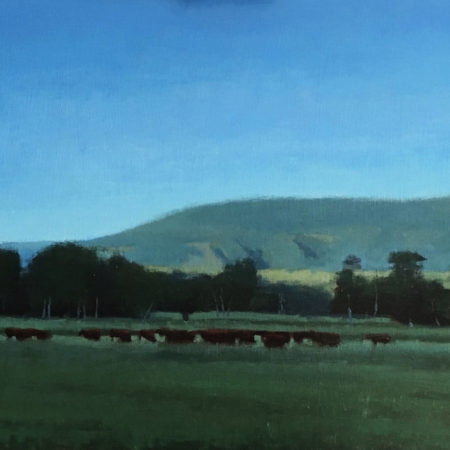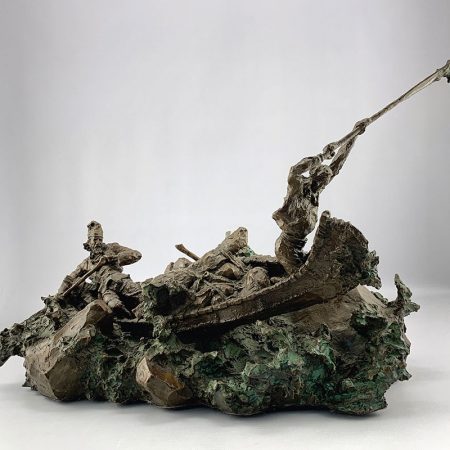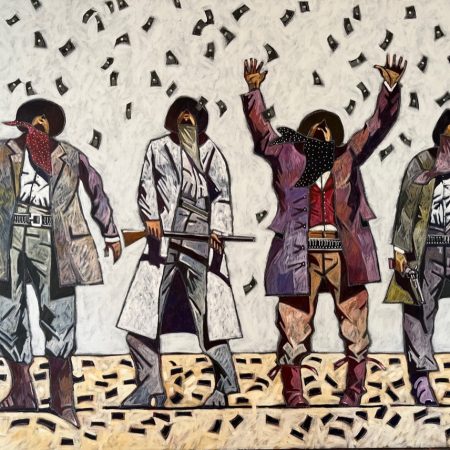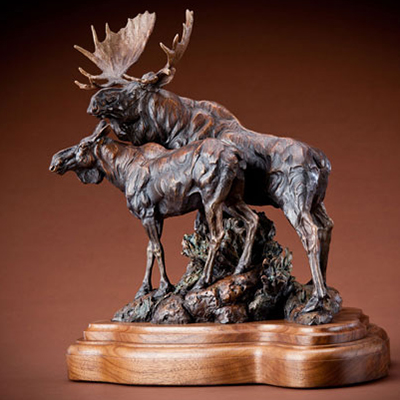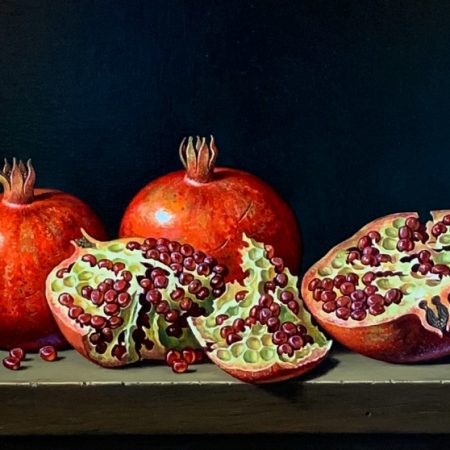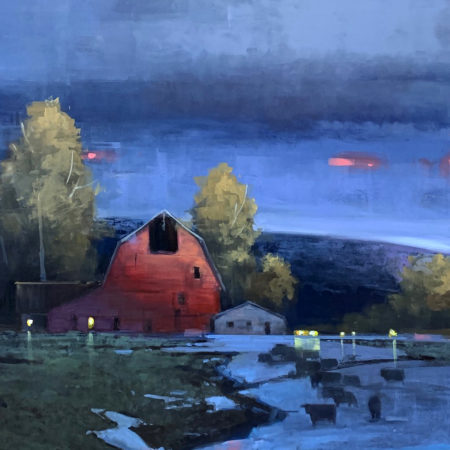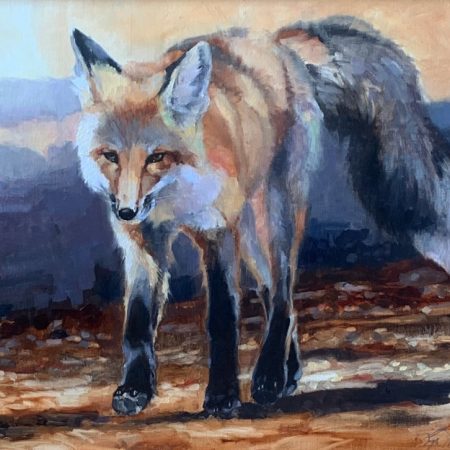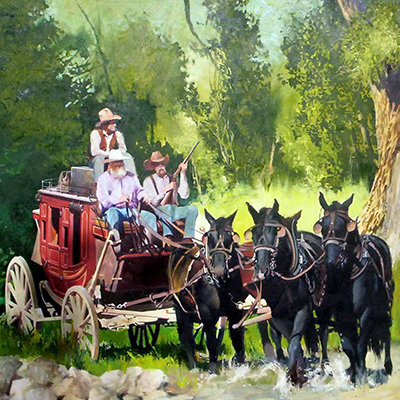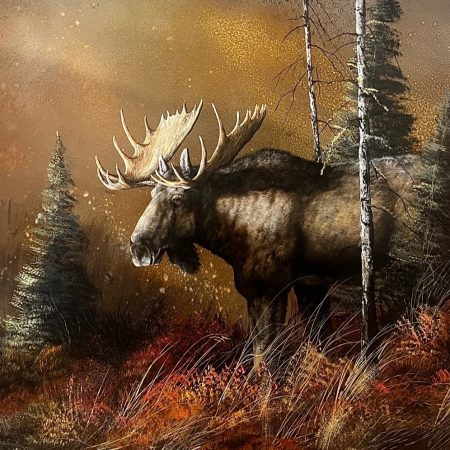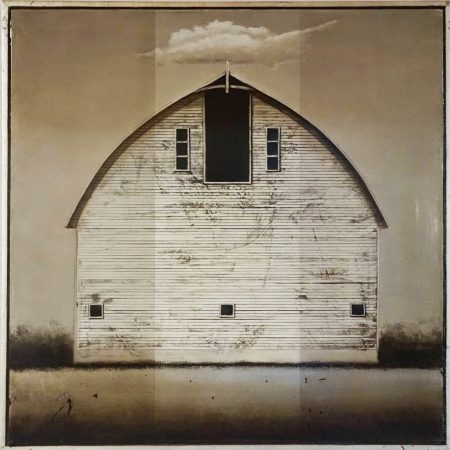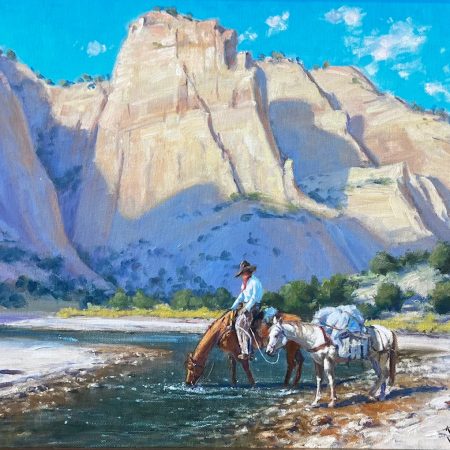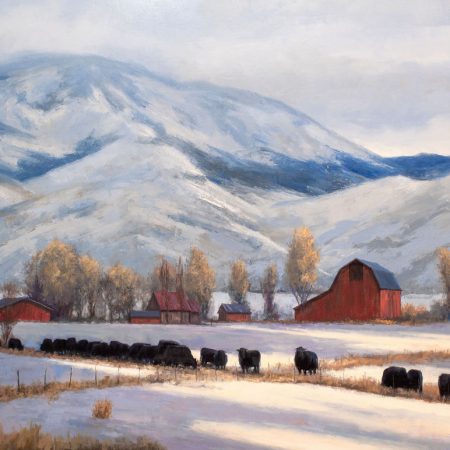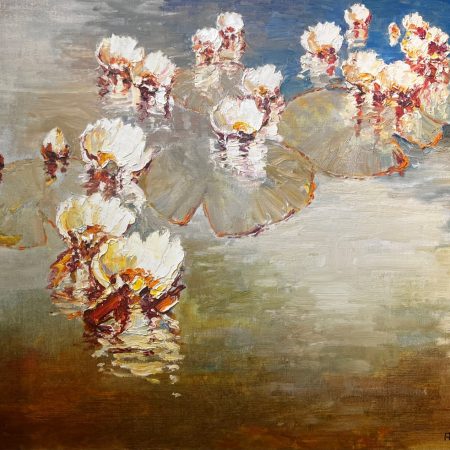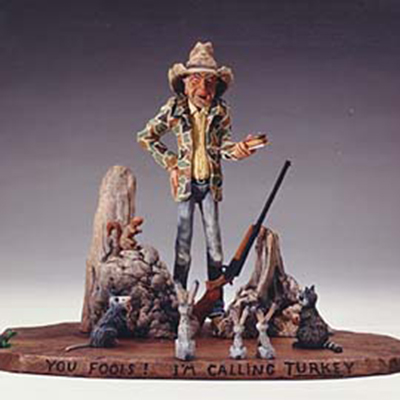TAL WALTON
When Tal Walton was 18 years old he traveled to Mexico to do mission work as a representative of the Mormon Church. For Mormons, this mission service marks the passage into adulthood; for Walton, it had a profound influence on the development of his art and his view of himself as an artist. In Mexico, he discovered interesting dichotomies – from the simple determination of the impoverished people in contrast to the difficulty of their lives, to the ornate Spanish cathedrals set against the sparse landscape. Contrasts of the simple and the complex would later become the hallmarks of his paintings. Walton also experienced first hand the importance of incorporating moral values into his work. He kept his philosophy in mind while studying at BYU, in Utah, where he received a bachelor’s degree in painting and sculpture. His fundamental belief is that all elements in nature were created spiritually before they had a physical existence. So everything in nature is based on a perfect ideal and follows definite laws and order. Walton learned how to structure his compositions according to this order from BYU professor Hagen Haltern. Haltern taught that a good painting is laid out according to a logical symmetry. This order contributes to the painting’s success. If you observe nature, such as a seashell or a sunflower, or works by artist’s such as daVinci, Michelangelo or Remrandt, you see that their compositions adhere to the same mathematical formula. Walton paints in oil on a prepared marble ground highlighted with gold leaf, which imparts luminosity to the pigments overlaying it’s surface. Walton also adds sandpaper marks and scratches to the gessoed surface, giving it an aged, old appearance. He applies as many as 20 glazes to each piece. These techniques and his personal and his religious sources of inspiration impart an Old World feeling to his work, bridging the gap between the traditional and the contemporary. Walton learned the skill of making frames, enjoying the complexities of gilded ones. Inspired by the elaborately carved and gilded altars he had seen in cathedrals in Mexico, he began placing his finished paintings in his own gilded creations. For a brief moment he was concerned that the works might be misconstrued as sacrilegious, although his intent was just the opposite: he wanted people to look at the landscape in a reverent way. One of the most recognizable elements of Walton’s work is his use of three part divisions, another component that relates to his spiritual beliefs. All of his paintings are divided into three sections- usually vertical. The underlying design and what Walton wants to convey govern the width of the three adjoining bands. The three divisions found in Walton’s paintings symbolize our past present and future lives. They are derived from his spiritual pursuit, asking the three eternal questions: Why am I here, where am I from, and where am I going? The center section of each painting represents the current reality of our lives and is symbolized by relatively strong, clear colors. By contrast, the colors in the adjoining sections are darker and more muted. About his work, Walton states, “My paintings are very religious. They stem from my backround. When it comes to the landscape, I strive notr to imitate actual places but to re- create the universal idea of landscape in time. When people look at my work, I want the simplicity to draw them in and the underlying complexity to hold them there. I want them to pause for a moment and contemplate the meaning of their own lives.”













































